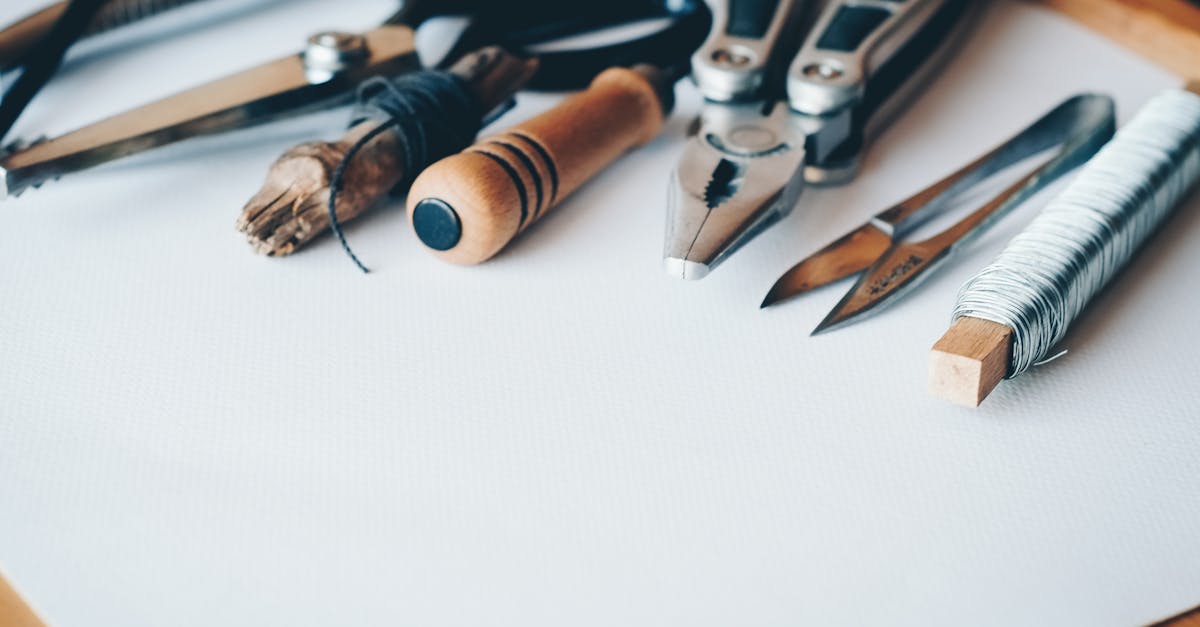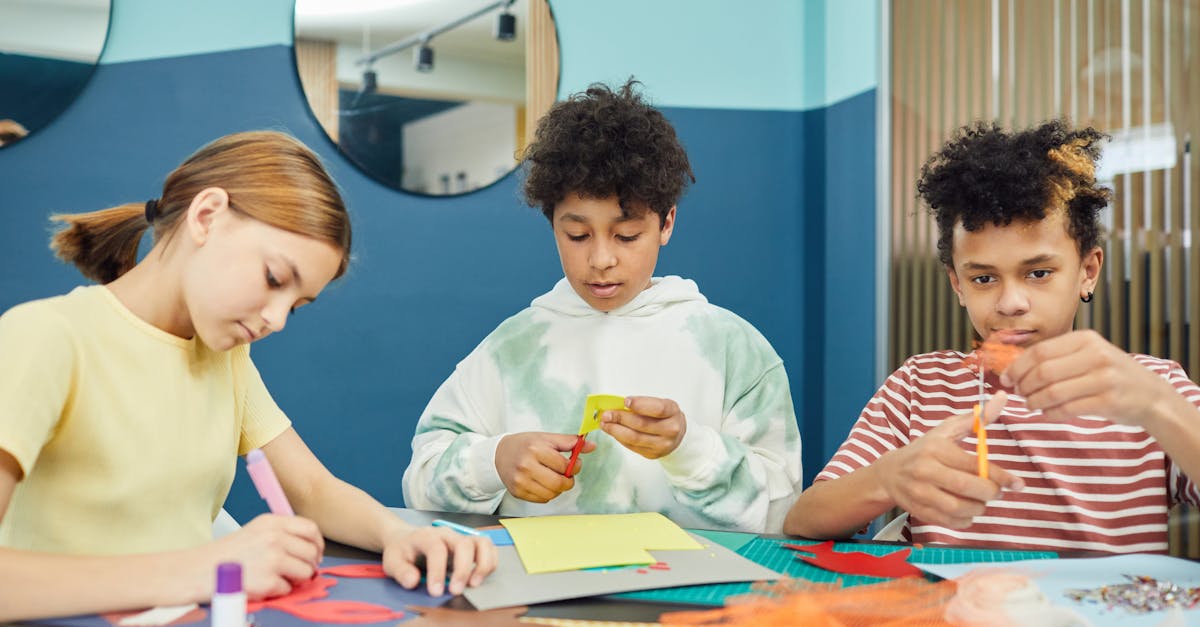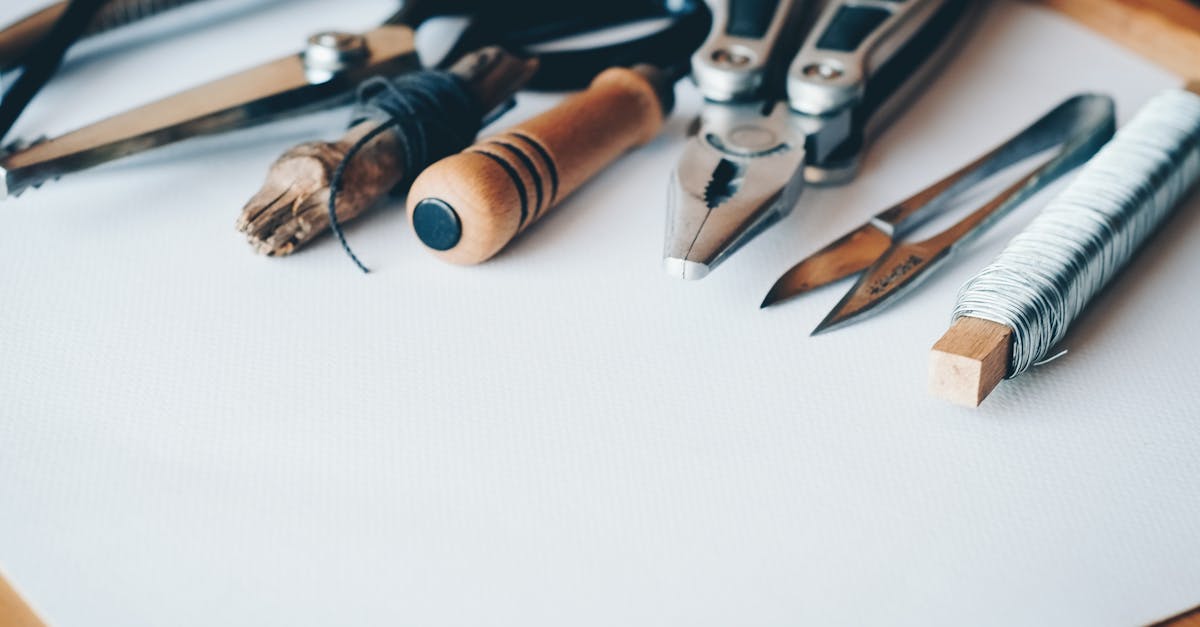Exploring Paper Quilling Techniques and Creative Projects
Introduction to Paper Quilling
Paper quilling, an age-old art form, involves the use of thin paper strips rolled, shaped, and glued together to create intricate designs. This decorative craft has its roots in the Renaissance period, where nuns and monks used it to embellish religious items. Over the centuries, quilling evolved into a widespread hobby, loved for its elegance and ease. Despite its storied past, this technique remains fresh and exciting, attracting artists and crafters worldwide. Whether you're crafting elaborate wedding invitations or simple greeting cards, quilling combines creativity and finesse. Join us as we explore the mesmerising world of paper quilling, delving into techniques and projects that can spark inspiration.
Advertisement
Basic Tools and Materials
To start your quilling journey, you'll need a few essential tools and materials. Quilling paper, available in various colors and widths, forms the foundation of your art. Investing in a quilling tool or slotted tool will ensure precision when rolling the paper. Other basic items include a craft glue, tweezers, and a workboard to help hold different shapes in position while they dry. For more advanced projects, a quilling comb or needle tool can enhance your designs with loops and swirls. Many beginners also find a quilling stencil helpful to maintain shape consistency. Initially, the range of options may feel overwhelming, but selecting versatile, high-quality tools is a worthwhile investment.
Advertisement
Basic Techniques and Shapes
At the heart of quilling lies the art of rolling paper into basic shapes. Common techniques include creating tight and loose coils, which form the building blocks for more complex designs. A tight coil, made by rolling a strip of paper tightly around the slotted tool, is perfect for adding firmness to structures. Beginners should practice forming shapes like teardrops, marquises, and squares by pinching them into unique forms. Mastering these shapes allows you to expand your repertoire, experimenting with curves and waves, influencing the piece's dynamic flow and appearance. Achieving symmetry and design precision elevates even the simplest projects into works of art.
Advertisement
Intermediate Techniques and Textures
Once you're comfortable with basic techniques, intermediate quilling opens a new realm of possibilities. Introduce textures like crimping, where the paper undergoes uniform ridges using a crimper or comb. This technique adds depth and personality to your projects. Pair crimping with husking, where the paper is looped over pins or notches, creating lace-like textures. Multistrip quilling allows for more vibrant designs, seamlessly blending and joining different colored strips. By incorporating varying tension, spacing, and layering, you’ll achieve intricate, visually stunning patterns. Regular practice helps build confidence, enabling the creation of larger, more detailed compositions.
Advertisement
Exploring 3D Quilling
With a solid understanding of basic and intermediate techniques, you're ready to venture into the three-dimensional realm. 3D quilling combines artistic flair with engineering, constructing models and objects with depth and form. Techniques like fringe flowers or spirals introduce dimension, while the use of layering and staggered quillings offers a striking visual impact. When creating 3D sculptures, stability and proportion come into play more prominently, influencing material choices and design approach. Animals, dolls, and containers are popular 3D projects due to their versatility and charm. While the learning curve is steeper, the resulting masterpieces justify the effort.
Advertisement
Inspiration from Traditional Quilling Projects
Traditional quilling projects are a fantastic starting point, providing artists with tried and tested inspirations. Decorate greeting cards with quilled floral motifs or enhanced borders. Frame scenic or abstract designs as elegant wall art. Personalize gift tags with thoughtful messages embellished with handmade designs. Delve into creating intricate Celtic knot patterns or replicating historic quilling techniques, a nod to the craft's rich heritage. With occasional practice, you'll breathe new life into traditional quilling while paving the way for innovative ideas. The charm in these projects rests in observing and understanding the discipline and creativity from centuries gone by.
Advertisement
Decorative and Contemporary Projects
As quilling continues to evolve, contemporary projects push boundaries with unique themes and styles. Modern art enthusiasts may enjoy creating minimalist or geometric designs that celebrate symmetry and abstract forms. Jewel-like decorative pieces, such as brooches, pendants or earrings, combine fashion and craft, offering a personalized touch. Photorealistic designs that depict animals or landscapes captivate art lovers, achieved through meticulous detail and color blending. Three-dimensional techniques also flourish in contemporary projects, from intricate home decor items to whimsical greeting cards and dynamic installations. Coupled with pop culture influences, the project possibilities are virtually limitless, showcasing quilling as a living and adaptive art form.
Advertisement
Tips for Artistic Success
Approaching paper quilling with a positive, patient mindset greatly enhances your crafting experience. Allocate an organized workspace to ensure your materials and tools are easily accessible, minimizing distractions. Regularly practice techniques, from the most simplistic to complex. Consider collaborating or engaging with a community of quilling enthusiasts for idea exchanges, motivation, and constructive feedback. Online tutorials offer step-by-step guidance on specific projects or techniques. As your confidence grows, feel free to experiment, creating custom designs that express your inner vision. Remember to embrace the trial-and-error process, transforming each challenge and mistake into an opportunity for growth.
Advertisement
Embracing Creativity with Themed Quilling Projects
One of the strengths of quilling is its adaptability, allowing artists to explore thematic projects aligned with personal interests or seasonal events. Whether it's traditional holidays or cultural celebrations, themed quilling projects can add a unique touch to invitations, decor, or gifts. Create Valentine's Day hearts or Easter eggs, expanding your skillset by incorporating season-specific colors or motifs. Create personalized projects featuring motifs like birds, waves, or foliage to nurture the spirit of storytelling. Custom commissions or heartfelt creations for loved ones add profound meaning to any offering. By celebrating diversity in technique and imagination, you’ll craft truly remarkable, one-of-a-kind creations.
Advertisement
Summary and Conclusion
Paper quilling is a multifaceted art form, blending history, technique, and creativity seamlessly. From mastering basic shapes to embarking on intricate 3D projects, the quilling journey inspires personal expression and artistic exploration. Whether traditional or contemporary in theme, the possibilities are as limitless as your imagination. With dedication, patience, and an eagerness to learn, quilling offers an enriching and fulfilling adventure. As you embrace this beautiful craft, you'll not only create exquisite artworks but also share a piece of the timeless legacy that is paper quilling.
Advertisement


